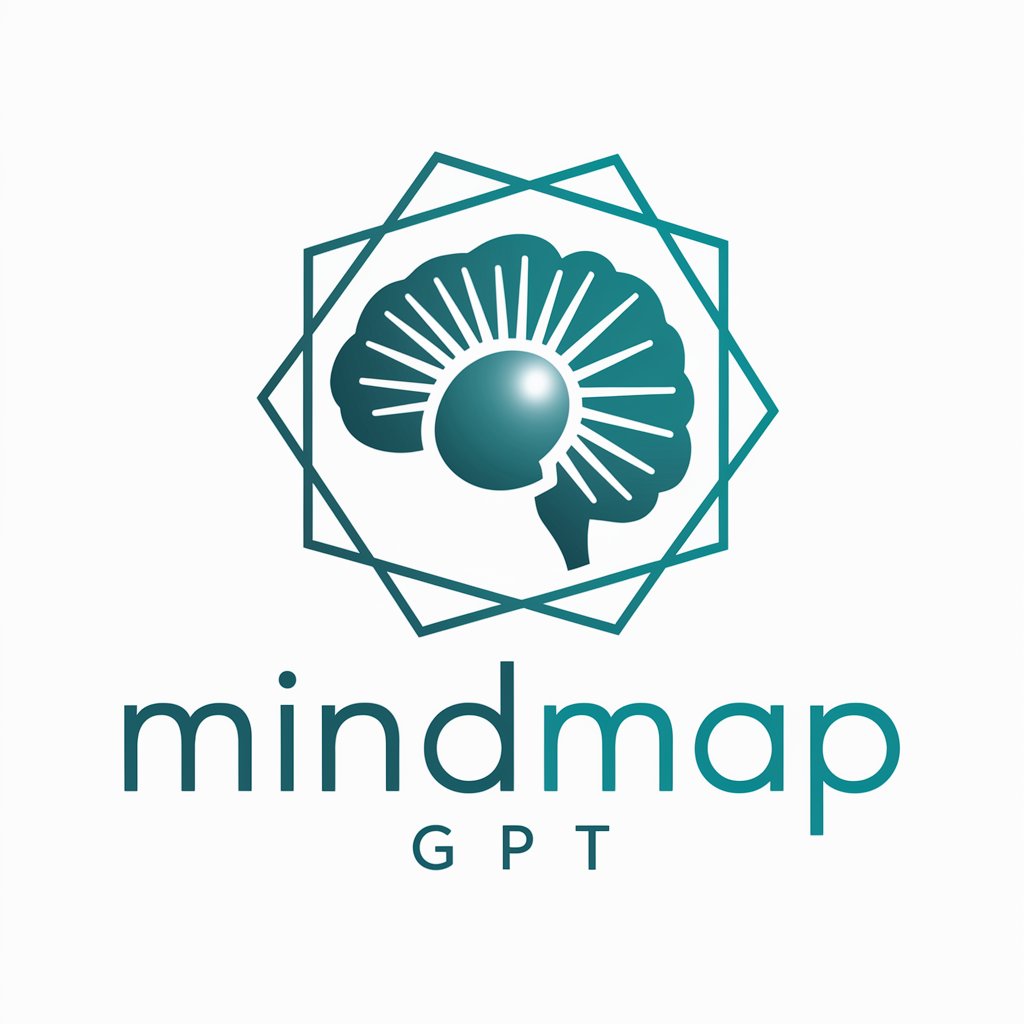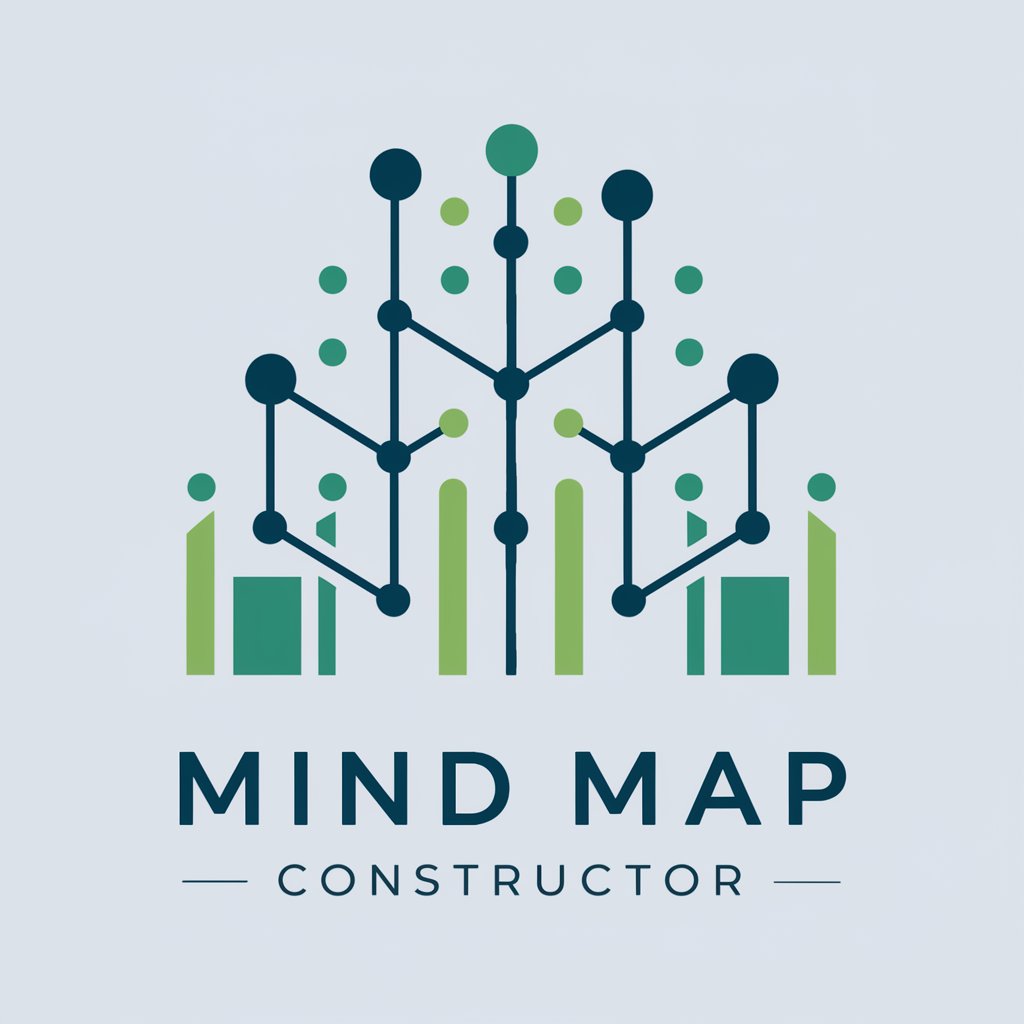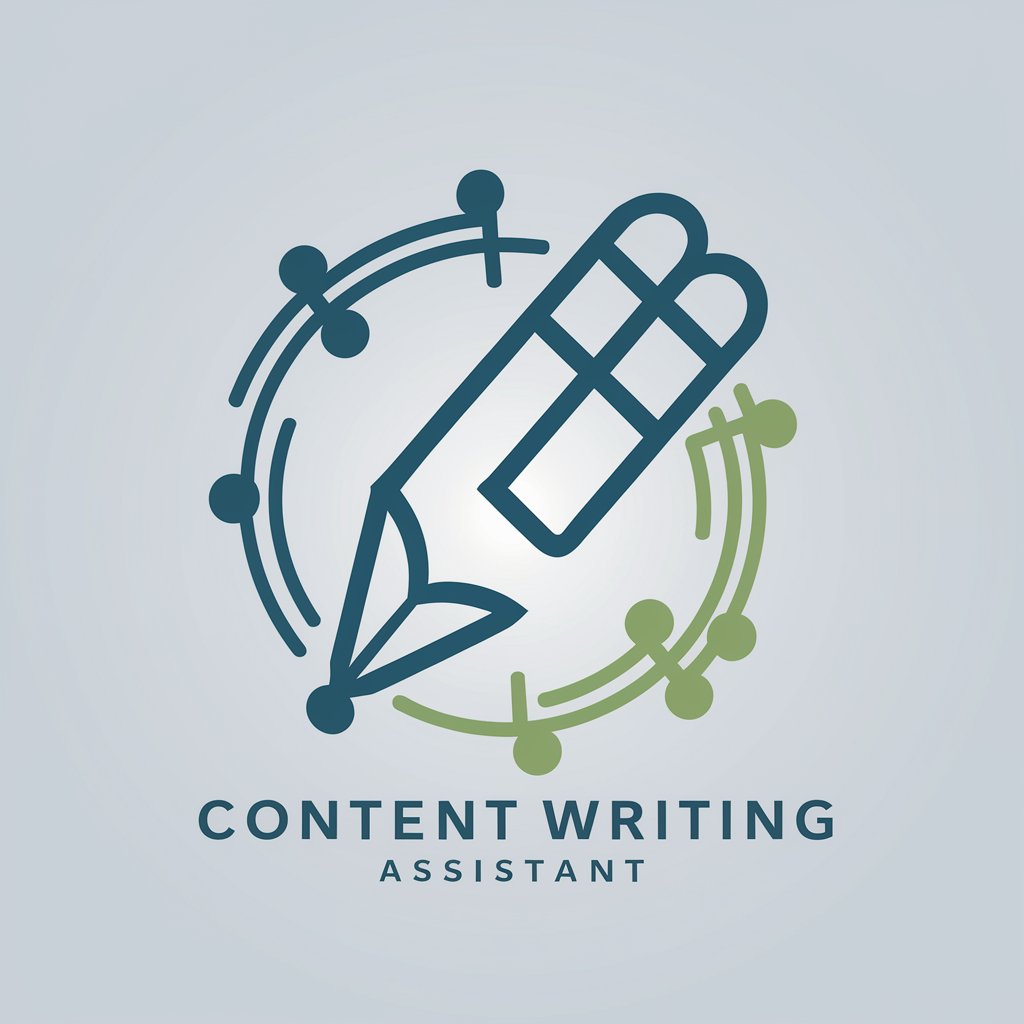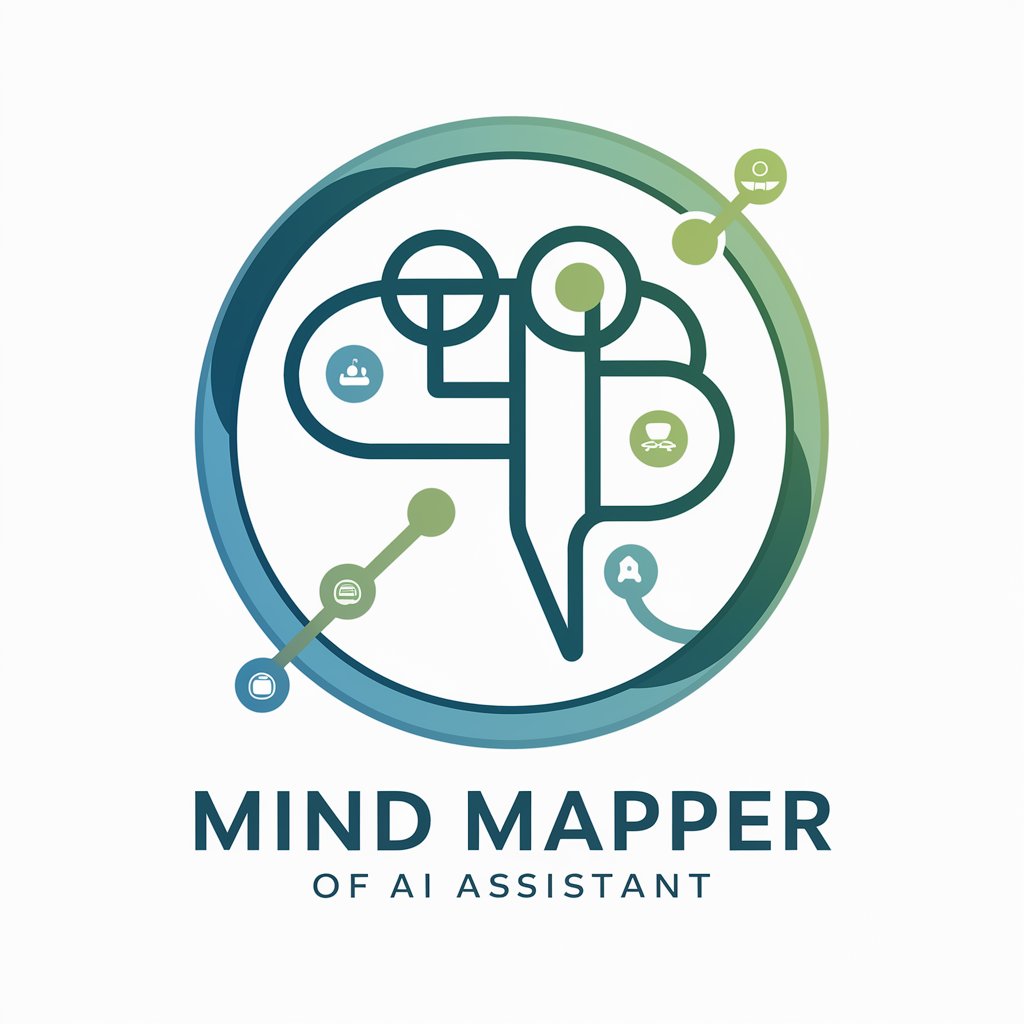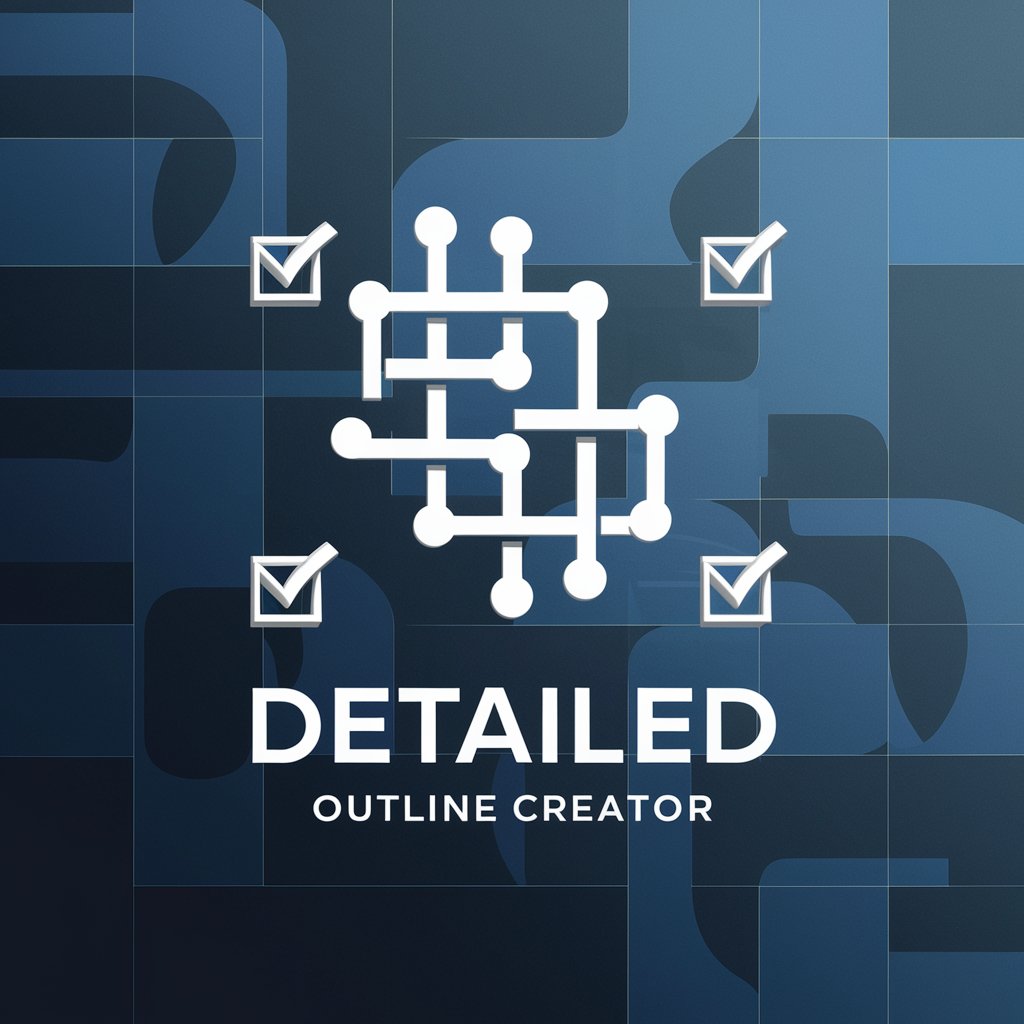
Mind Map Outline & Semantic - AI-Powered Mind Mapping
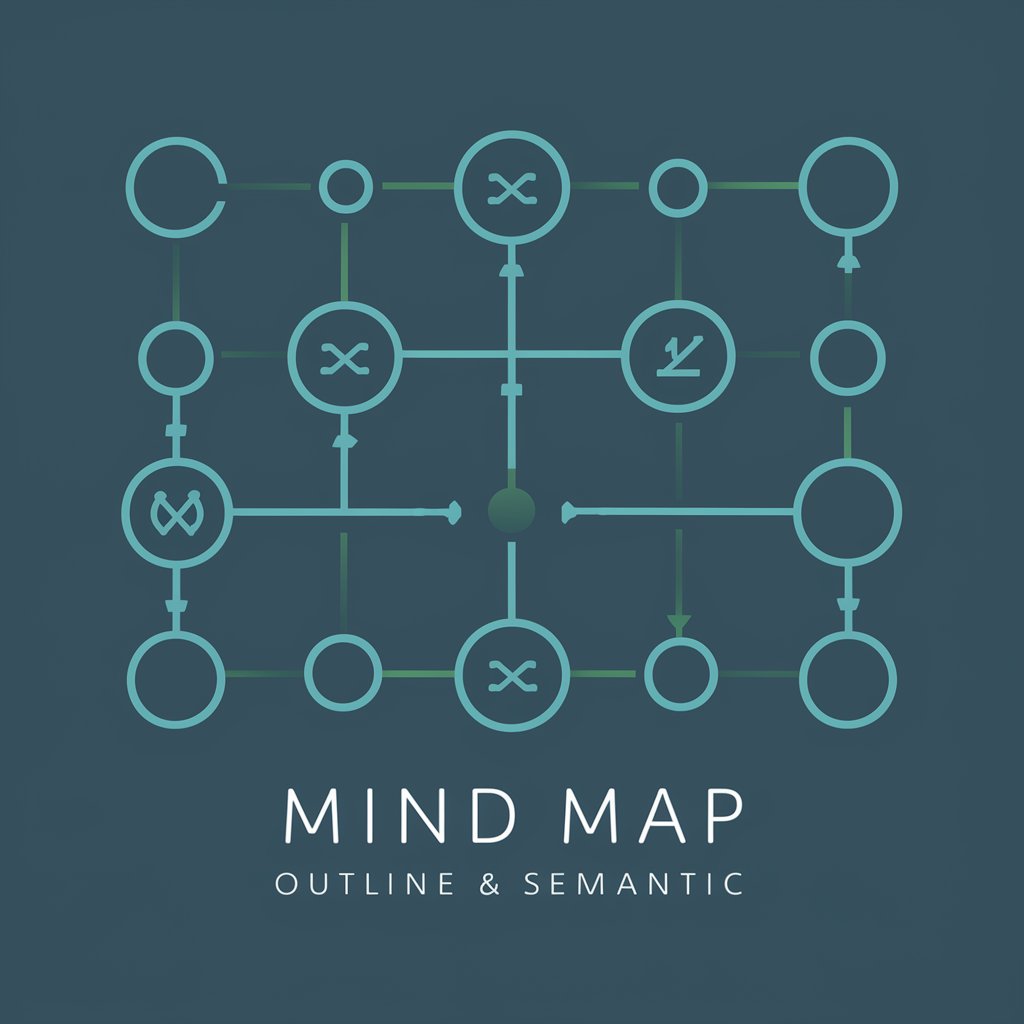
Welcome! Let's map out your topic with precision and clarity.
Visualize Ideas, Unleash Creativity
Explain the significance of using semantic graphs in content creation.
Describe the process of building a comprehensive topical map.
How can mind maps enhance research and content organization?
What are the key components of an effective topical map for niche topics?
Get Embed Code
Introduction to Mind Map Outline & Semantic
Mind Map Outline & Semantic is designed as an advanced content structuring tool that aids in the brainstorming, organization, and elaboration of topics across various niches. Its core purpose is to assist users in creating detailed topical maps and semantic graphs that outline the relationship between different subtopics, concepts, and keywords. By dissecting a broad topic into a structured, navigable format, it enables users to explore and understand the depth and breadth of any subject matter. For example, if a user is delving into the topic of 'Renewable Energy,' this tool would help them to break down the topic into subcategories such as solar power, wind energy, biomass, and hydroelectric power. Each of these can further be detailed with associated technologies, market trends, challenges, and opportunities, thus providing a comprehensive overview that's invaluable for research, content creation, or educational purposes. Powered by ChatGPT-4o。

Main Functions of Mind Map Outline & Semantic
Topic Brainstorming and Structure Creation
Example
Creating a mind map for 'Sustainable Living' that includes eco-friendly housing, zero-waste lifestyle, sustainable agriculture, renewable energy, and green transportation.
Scenario
Used by an environmental blogger to generate content ideas and structure articles.
Semantic Graph Construction
Example
Developing a semantic graph for 'Digital Marketing' linking SEO, content marketing, social media marketing, email marketing, and PPC advertising through their interdependencies and impact on digital strategy.
Scenario
Employed by a marketing strategist to identify and focus on key areas for a campaign.
Detailed Subtopic Exploration
Example
Breaking down 'Artificial Intelligence' into machine learning, neural networks, natural language processing, robotics, and ethical considerations, with further exploration into each area.
Scenario
Utilized by a tech educator preparing a comprehensive curriculum.
Content Planning and Organization
Example
Organizing a content calendar for a health and wellness website, categorizing topics into nutrition, exercise, mental health, sleep, and holistic practices.
Scenario
Used by content managers to ensure a balanced and thorough exploration of the site's theme.
Research Aid
Example
Assisting in the literature review process for academic research by mapping out key themes, methodologies, findings, and gaps in existing research on 'Climate Change Adaptation Strategies.'
Scenario
Employed by researchers to structure their review and identify areas needing further investigation.
Ideal Users of Mind Map Outline & Semantic Services
Content Creators and Bloggers
Individuals who produce digital content across various platforms and require a structured approach to brainstorming, planning, and organizing their writing or multimedia content.
Educators and Trainers
Teachers and corporate trainers who need to break down complex subjects into digestible, interconnected parts for teaching and instructional design.
Researchers and Academics
Scholars and students engaged in research projects who benefit from a systematic way to outline their study areas, literature reviews, and findings.
Marketing and Strategy Professionals
Marketers and strategists looking to map out marketing campaigns, understand market dynamics, or develop strategic plans through detailed topic exploration and analysis.
Product Managers and Developers
Individuals involved in product development who need to organize requirements, features, and user stories, or map out the competitive landscape.

How to Use Mind Map Outline & Semantic
Start Your Journey
Head to yeschat.ai to explore Mind Map Outline & Semantic capabilities with a free trial, no login or ChatGPT Plus subscription required.
Define Your Topic
Identify and input a specific topic or area of interest to generate a topical map. This helps in narrowing down the focus for more precise results.
Explore the Features
Utilize the tool to brainstorm, structure, and refine topic clusters, creating a comprehensive map with at least 50 associated nouns or predicates.
Create Semantic Graphs
Construct semantic graphs for detailed understanding, linking subtopics with directed edges to visualize relationships and hierarchies.
Apply and Expand
Use your topical map in content creation, research, or study to maintain focus. Continually refine and expand your map to cover all relevant aspects.
Try other advanced and practical GPTs
Inceptum SAP B1 Wizard
Empowering SAP B1 Customizations with AI
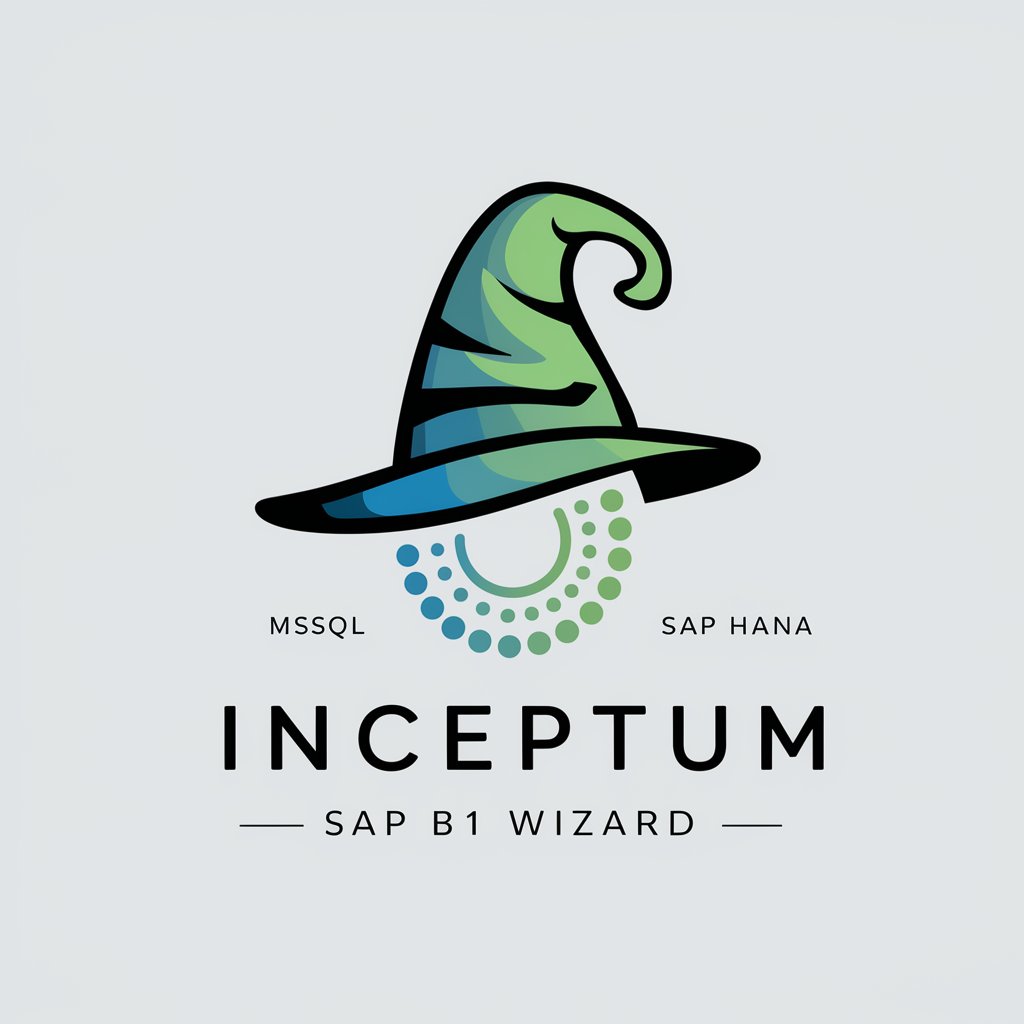
KeywordGenius AI
Empower Your Content with AI-Driven Insights
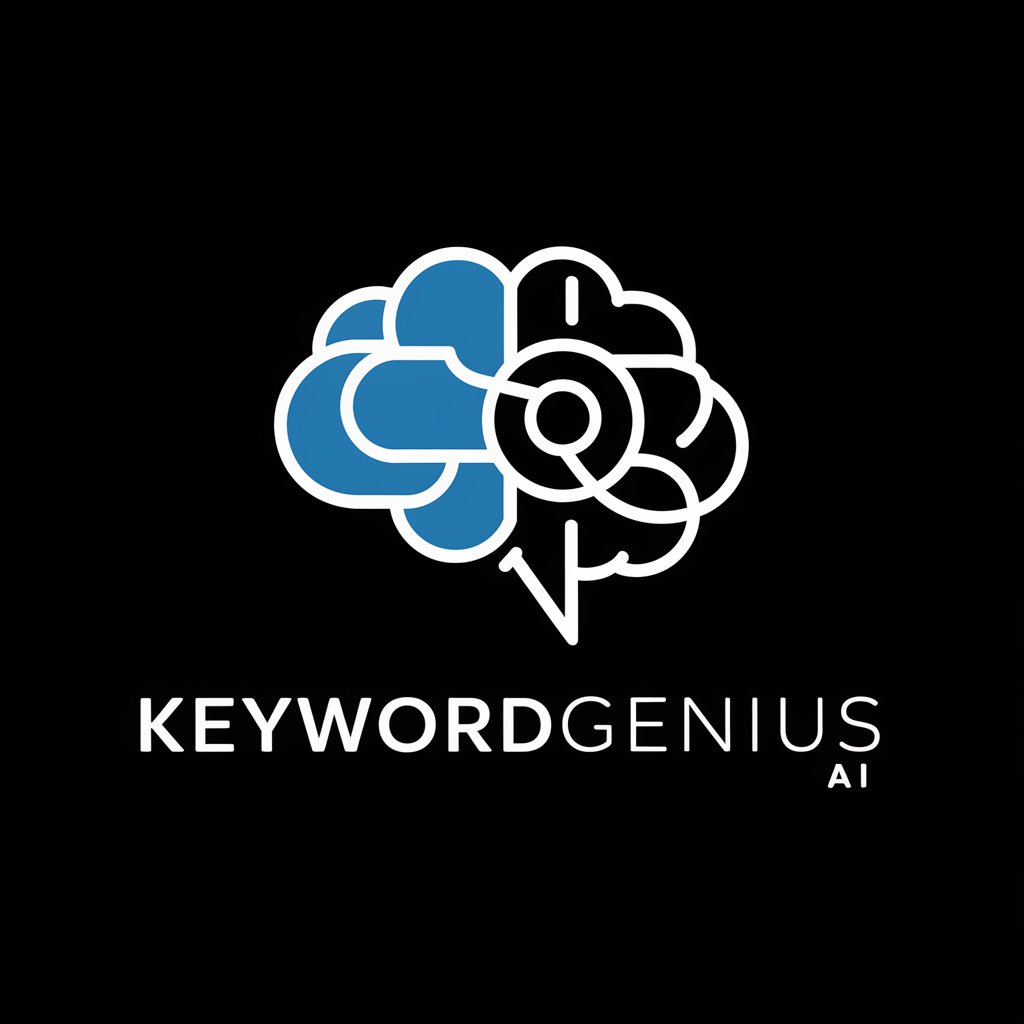
帮你“秒懂”概念的大师
Empowering Understanding with AI

Visual Muse - Powered by AI for All Inc.
Unleashing Creativity with AI Power
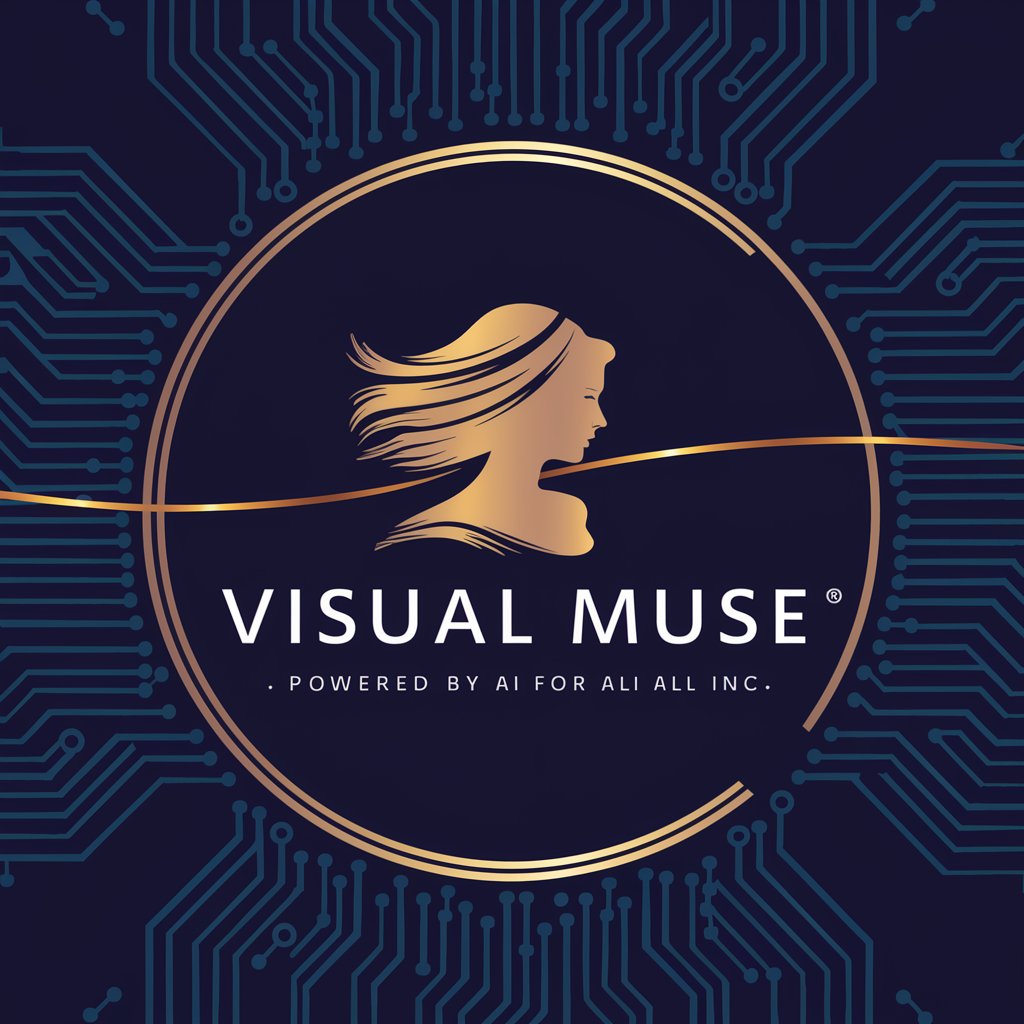
DJI Mavic Assistant
AI-Powered Drone Guidance at Your Fingertips

SuperHero Complimenter
Elevate your day with AI-powered compliments!

Vertrieb bei EDC
Empowering Dental Sales with AI
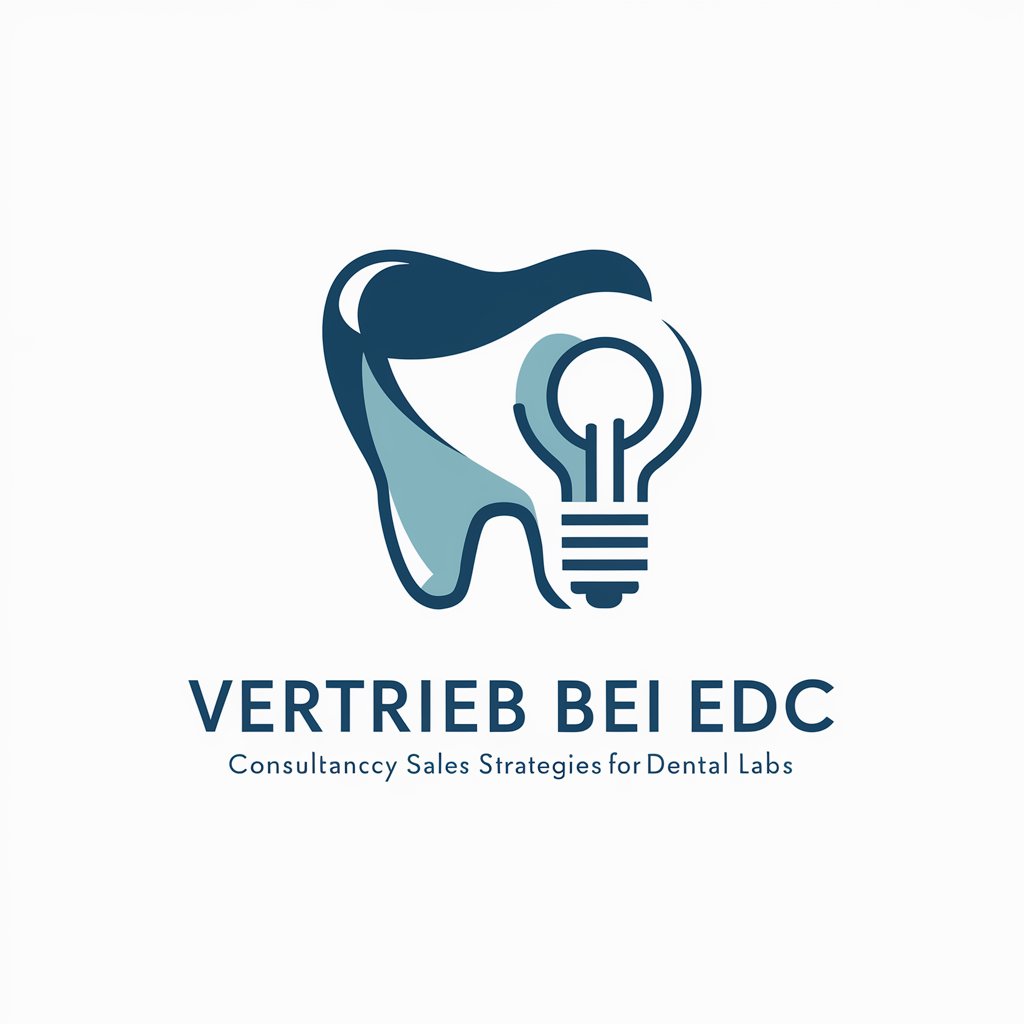
Florida Explorer
Your AI-powered guide to Florida

Prompt Engineer Pro
Crafting Sophisticated AI Solutions
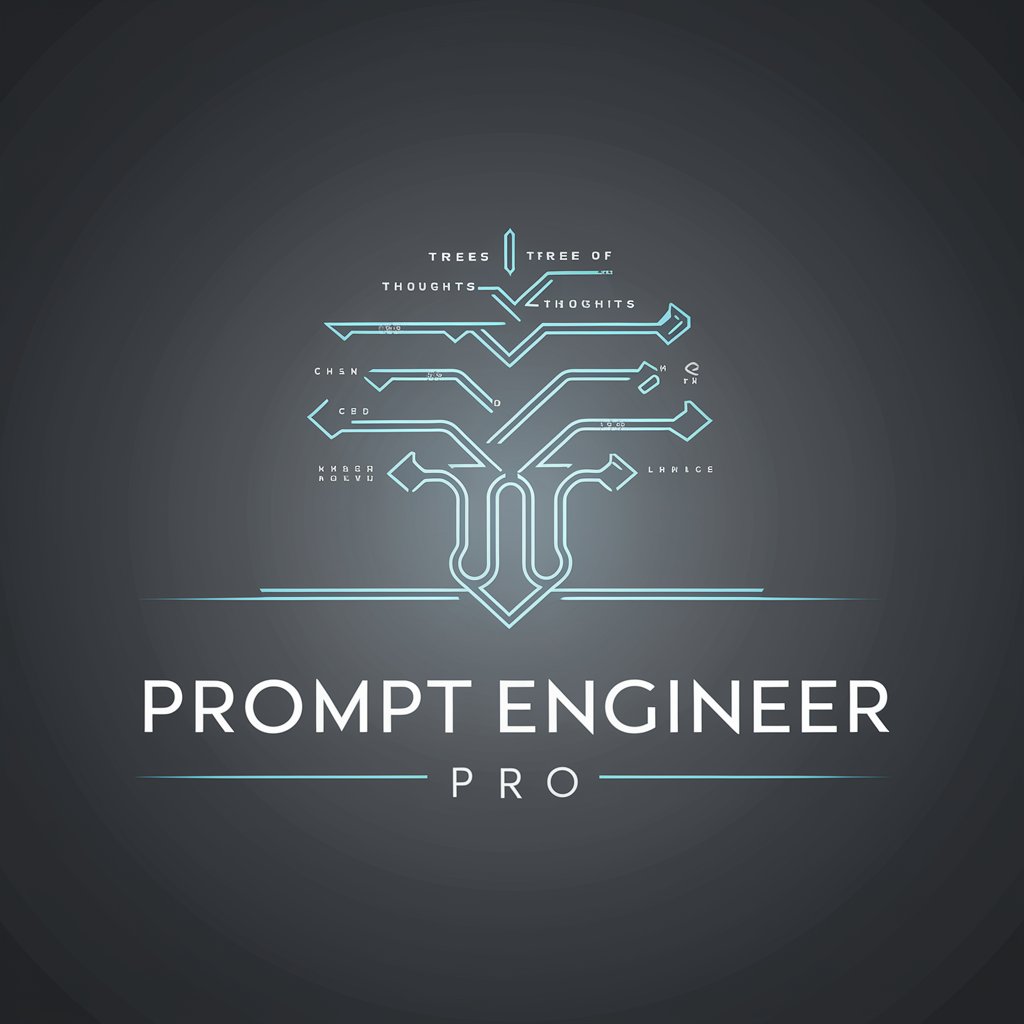
Prompt GPT Architect
Crafting Precise AI Interactions
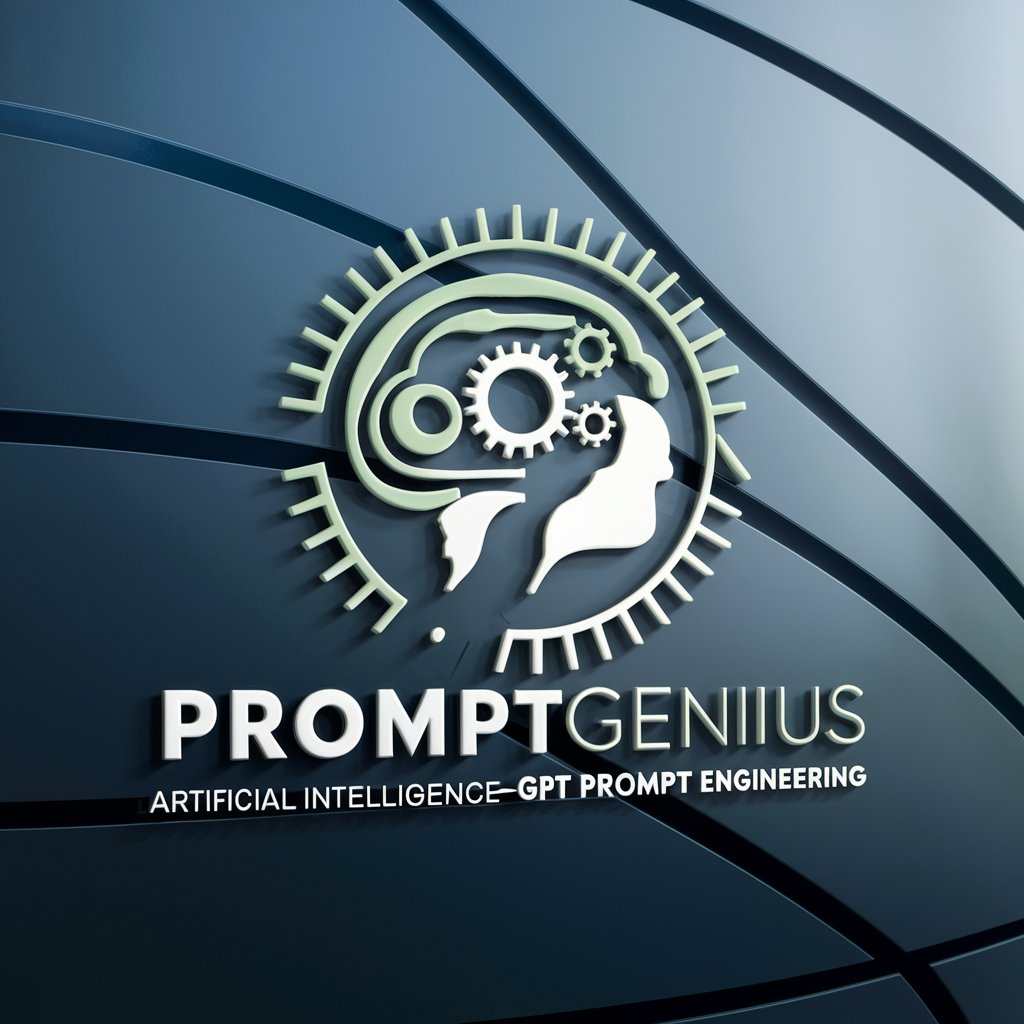
Sales & Marketing
Empower Your Marketing with AI
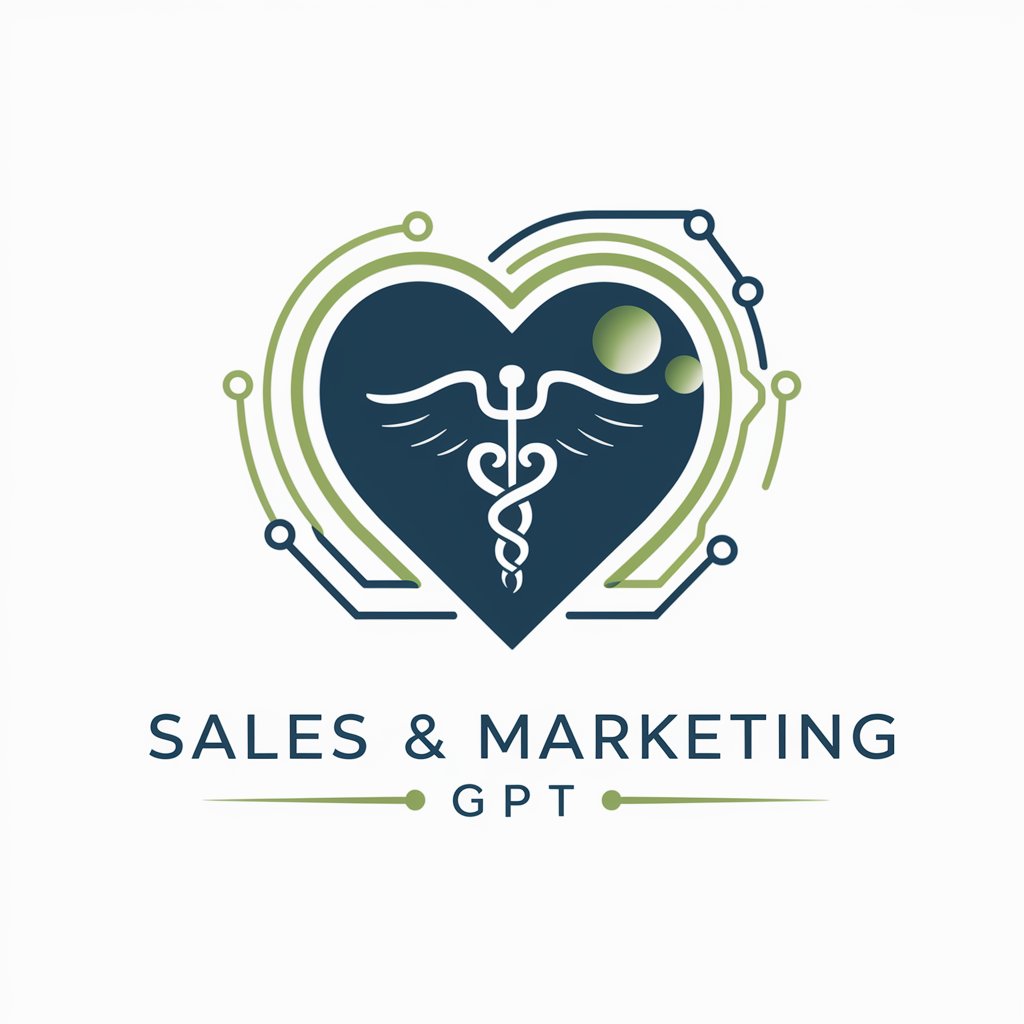
Review Responder
Elevate your service with AI-powered responses.

FAQs about Mind Map Outline & Semantic
What is Mind Map Outline & Semantic?
It's an AI-powered tool designed to help users brainstorm, structure, and elaborate on various topic clusters, creating detailed topical maps and semantic graphs for enhanced understanding and organization.
Who can benefit from using this tool?
Researchers, students, content creators, and professionals in need of organizing information or ideas around specific topics can find this tool invaluable for their work or studies.
Can I use it for academic writing?
Absolutely. The tool is perfect for academic writing, helping to structure ideas, outline papers, and ensure comprehensive coverage of your subject matter.
How does the semantic graph feature work?
The semantic graph visually represents relationships between subtopics, allowing users to see how ideas connect and hierarchically structure their information for better insight.
Is there a limit to the number of topics I can create?
No, there's no hard limit. However, for optimal performance and clarity, it's advised to focus on a manageable number of topics and expand as needed.
